Wishlist
The products are limited
The products are limited
When we enter the realm of automobiles, we realize that each component has a unique role to play. When we talk about the performance and stability of automobiles, we focus on core components such as engines and transmissions. However, automotive bearings are also to be considered, as they are one of the keys to supporting the operation of the entire vehicle. Today, we're going to focus on automotive bearings and explore their critical role in the car.
Support rotating parts and reduce friction: Bearings can support rotating parts (such as hubs) on non-rotating parts (such as shafts) and act as a rotating gap, reducing friction and wear between the two. This allows the rotating part to rotate smoothly and efficiently.
Support radial loads: Bearings are used to support radial loads (pressure) on rotating parts, such as hubs, so that rotating parts do not loosen or fall off.
Ensure the precision of movement: High-precision bearings can significantly reduce the swing and run out of the rotating parts to ensure the precision of movement, which is very important for high-speed rotation.
Shock absorption and noise reduction: the ball in the bearing can play the role of shock absorption and noise reduction to a certain extent so as to minimize the vibration and noise when rotating.
Enhance service life: High-quality bearings have a long service life and are less prone to damage and failure, which can extend the service life of related parts and even the entire vehicle.
Three commonly used automotive bearings:
Deep groove ball bearings: They can withstand radial and axial loads and are suitable for high speeds.
Angular contact ball bearings: They can withstand combined radial and axial loads.
Thrust ball bearings: They mainly bear axial load.
These bearing types are widely used in various parts of the automobile, such as the engine, transmission, wheel hubs, drive shafts and so on. Their selection depends on a variety of factors, such as load requirements, speed, working environment and so on. Different types of ball bearings have different characteristics and advantages that meet the specific needs of various parts of the automobile.
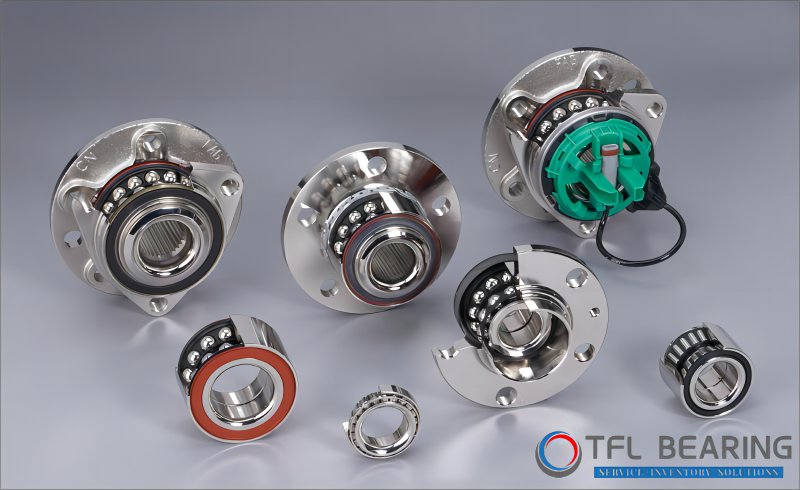
Rotational speed and load: According to the actual operating conditions of the vehicle, it is necessary to choose the bearings that adapt to the rotational speed and load.
Noise and vibration: High-quality bearings should have low noise and vibration performance.
Durability and maintenance: Choosing bearings with long life and easy maintenance can reduce the frequency of replacing bearings and improve the efficiency of vehicle operation.
Quality and reliability: The quality and reliability of the bearings directly affect the operation and safety of the vehicle, so you need to choose reliable quality products.
Bearing size and model: According to the requirements of different vehicle models, choose the corresponding model and size.
Bearing material: The material selection of bearings needs to consider the environment and working conditions of the vehicle, such as vibration, high temperature, low temperature and other factors.
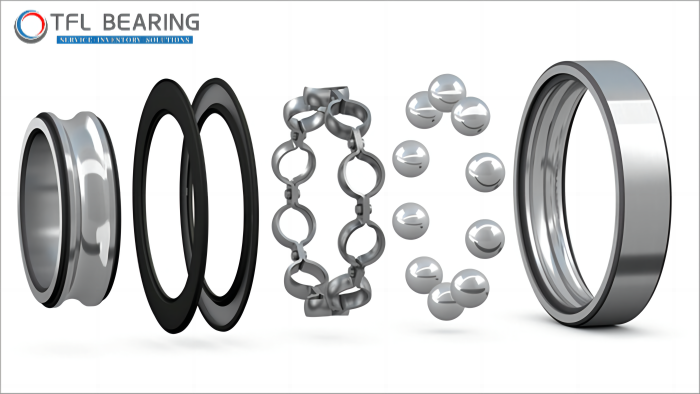
Abnormal noise: Sharp or dull sounds may be heard.
Increased vibration: Vibration of the steering wheel or body can be felt while driving.
Loose wheels: May cause the vehicle to drive erratically.
Overheating: Overheating of the bearings may cause the surrounding parts to heat up.
Increased fuel consumption: Wear and tear increases the resistance of the vehicle.
Difficulty in steering: Affects the smoothness of steering.
Uneven tyre wear: Results in abnormal tyre wear.
Reduced driving performance: Such as accelerating, decelerating or braking less smoothly than before.
Loose hubs: Can be checked by manually cranking the hubs.
Inspection of bearing parts: e.g. rust, cracks, etc, are found.
Regular inspection and maintenance of automobile bearings can extend their service life and ensure the safety and performance of the vehicle.
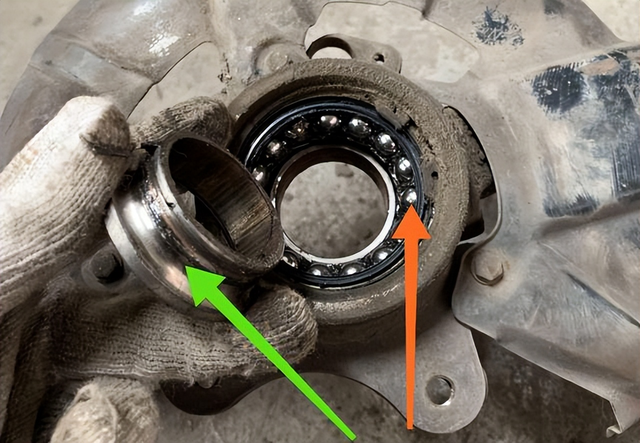
Keep clean. Use proper seals and protective covers to reduce the entry of dust and other particulate matter.
Lubrication maintenance. According to the type of bearing and working environment, choose the proper lubricant and regularly inspect and replace lubricants.
Inspection and maintenance. Regularly check the running status of the bearings, including appearance, lubrication and fixation.
Avoid overload and shock. Ensure that the equipment operates within the rated load range and avoid overloading.
Temperature control. Regularly check bearing temperatures to ensure they are within normal limits.
Storage and transportation. Store the bearings horizontally in their original packaging in a dry, clean, non-corrosive environment.
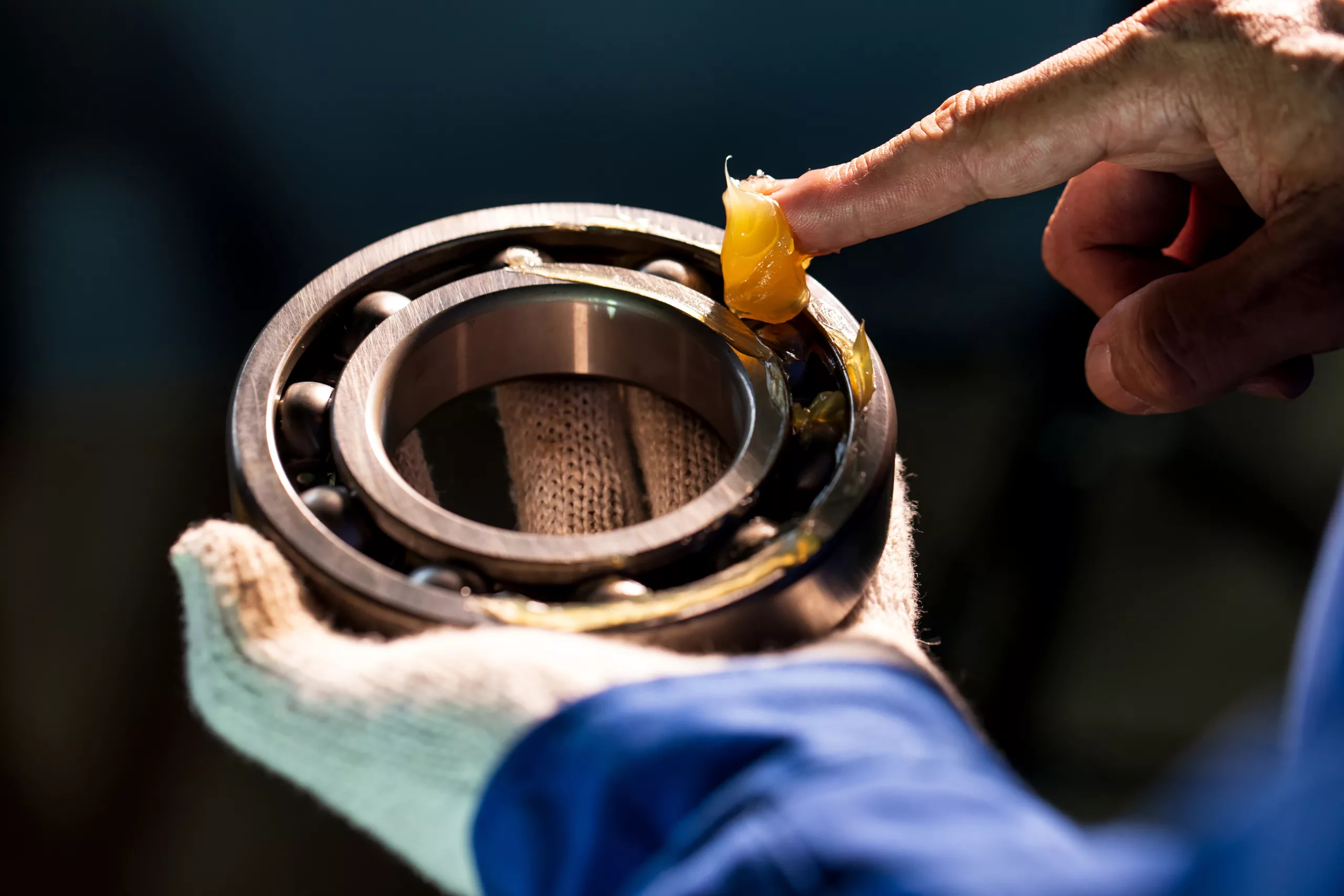
Installation method
Clean the bearing mounting surface and bearing housing hole.
Apply an appropriate amount of grease and spread it evenly in the bearing mounting surface and bearing housing hole.
Put the bearing into the housing hole gently.
During the process of mounting the bearing, the verticality of the bearing should be maintained, and the inner ring of the bearing should be aligned with the axis line.
Use tools to slowly push the bearing into the bearing housing hole or bearing sleeve.
Precautions
When mounting the bearings, do not knock or strike to avoid damaging the bearings.
During the mounting of ball bearings, keep them clean to avoid dust and impurities from entering the bearings and causing damage.
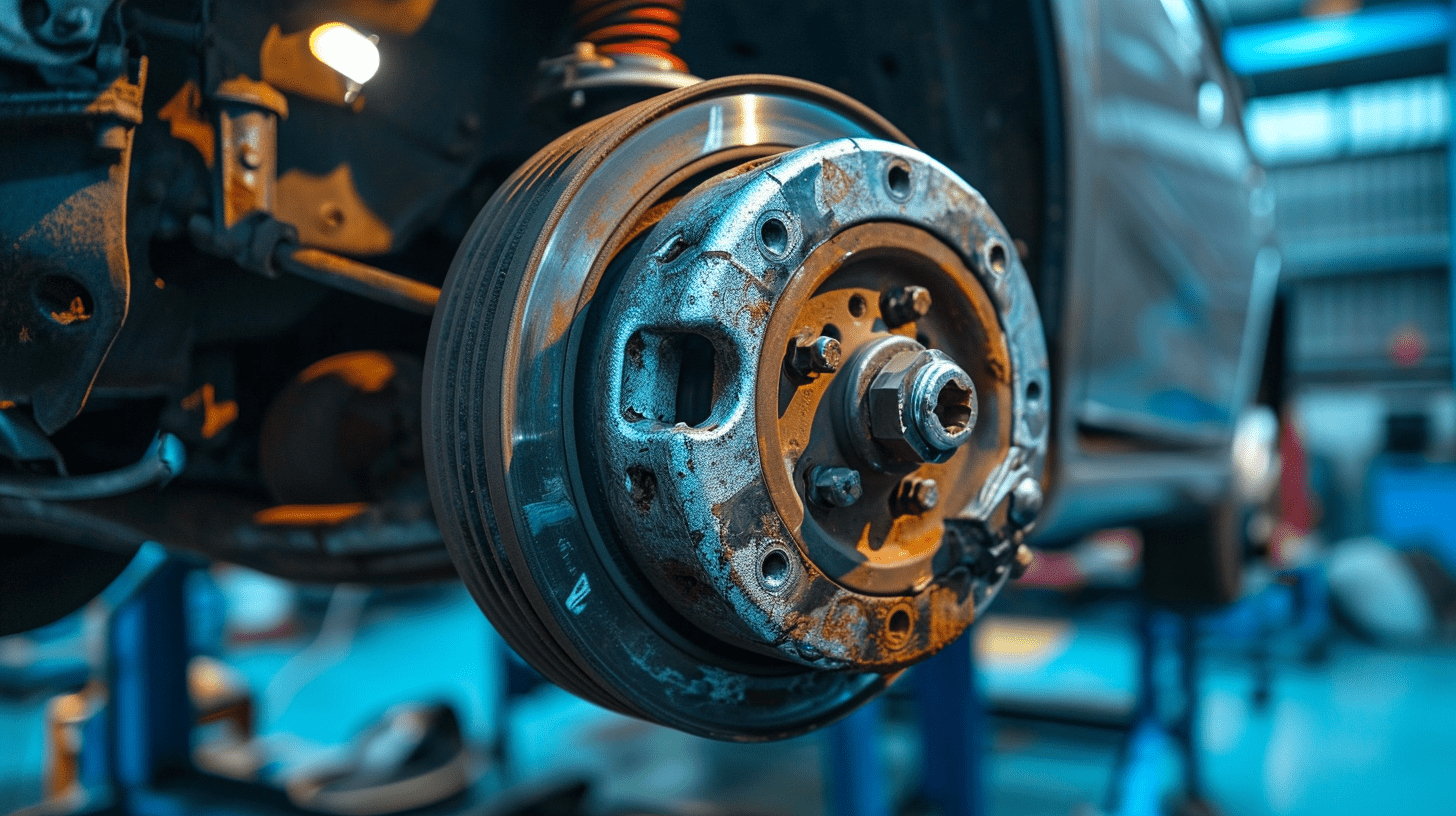
Ignoring quality: Choosing low-quality bearings can lead to premature damage and failure.
Not matching the specifications: Make sure that the bearing specifications match precisely with the requirements of the vehicle.
Focus on price only: Low price may mean poor quality.
Lgnore bearing materials: The quality of the material affects the performance and life of the bearing.
Lgnoring lubrication requirements: Proper lubrication is critical to the appropriate operation of the bearing.
Lack of attention to sealing performance: Good sealing prevents dust and impurities from entering.
Lack of attention to tolerances: Lmproper tolerances can lead to mounting problems.
Failure to consider the operating environment: Factors such as temperature, vibration, etc.
Wear and Tear: Extended usage or harsh working conditions can quickly cause wear and tear of the bearing.
Poor Lubrication: Increased friction and accelerated wear can occur due to poor lubrication.
Noise: Bearing damage, poor lubrication, etc., may cause noise.
Overheating: Excessive friction is usually the cause of overheating.
Reduced Accuracy: The performance and stability of the vehicle can be affected by reduced accuracy.
Corrosion: Environmental factors can affect corrosion.
Improper Installation: Premature damage may occur due to improper installation.
Overload: Bearing capacity may be exceeded due to overload.
Seal Failure: Impurities can enter the bearing due to seal failure.
Material Defects: Bearing life and performance can be affected by material defects.
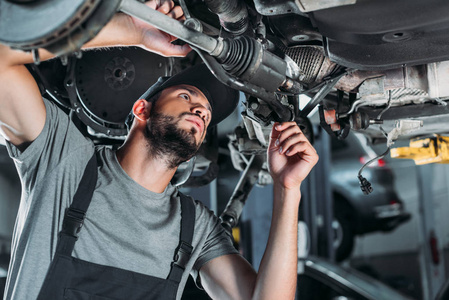
SKF: founded in 1907, is a large Swedish multinational group of companies, one of the world's largest bearing manufacturers and service providers, (View more).
NSK: started in 1916, the first domestic design and production of bearings in Japan, is also one of the more prominent bearing manufacturers in Japan, (View more).
FAG: one of the larger family-owned companies in Germany, (View more).
NTN: founded in 1918, it is one of the world's largest bearing manufacturers in Japan and is also a large multinational group of companies, (View more).
TIMKEN: founded in 1895, is the U.S. world's leading manufacturer of high-quality bearing alloy steel and related components and bearings, (View more).
KOYO: founded in 1921, it is the Japanese-bearing automobile power-driving and mechanical equipment field leading enterprise, (View more).
ZWZ: China Famous Trademark, China Famous Brand, one of China's competitive brands in the market and one of the larger bearing enterprises in China at present, (View more).
LYC: China Famous Trademark is a more significant comprehensive bearing manufacturing enterprise in China, (View more).
HRB: The Chinese brand exports inspection-free products, which is the well-known trademark of Heilongjiang. Heilongjiang's famous brand is also one of China's most competitive brands in the market, (View more).
TFL: China's local high-end bearing brand aims to provide customers with high-quality bearings as its primary purpose and fully meet customer needs. It is an ideal replacement product for original automotive bearings and the best cost-effective bearing brand, (View more).

If the wheel bearings are broken, it is recommended not to continue driving, as it will affect the comfort level, the vehicle will run out of alignment, and the tyres will become noisier in minor cases. In severe cases, it will lead to suspension damage, resulting in steering system failure and traffic accidents.
1. Continuous noise while driving;
2. Position the gear in neutral to let the vehicle coast and observe whether there is any change in the noise;
3. Check whether the temperature of the axle is average.
Bearings are used for a variety of purposes in automobiles. The minimum number of bearings that can be produced in a vehicle is about 36, and most vehicles contain many more. They are found in the engine, gearbox, AC compressor and, of course, the wheels.
When a bearing in a vehicle becomes damaged, it is not always necessary to replace both at the same time. The damage may be due to internal wear or insufficient lubrication, and a test drive inspection can confirm the exact point of failure. If the bearings are not losing lubrication and are still within their life cycle, then they do not need to be replaced regularly, and the bearing lubricant will last a lifetime.
Automotive bearings, as critical components, play an integral role in the performance and reliability of vehicles. An in-depth understanding of the characteristics and functions of automotive bearings will help us to maintain and manage our cars better. Let us look forward to the continuous progress of automotive bearing technology, which will bring us better automotive performance.TFL bearing company has many years of experience in manufacturing automotive bearings, which can provide you with the best solutions; if you want to know more, please get in touch with us at https://www.tfl-bearing.com/contact